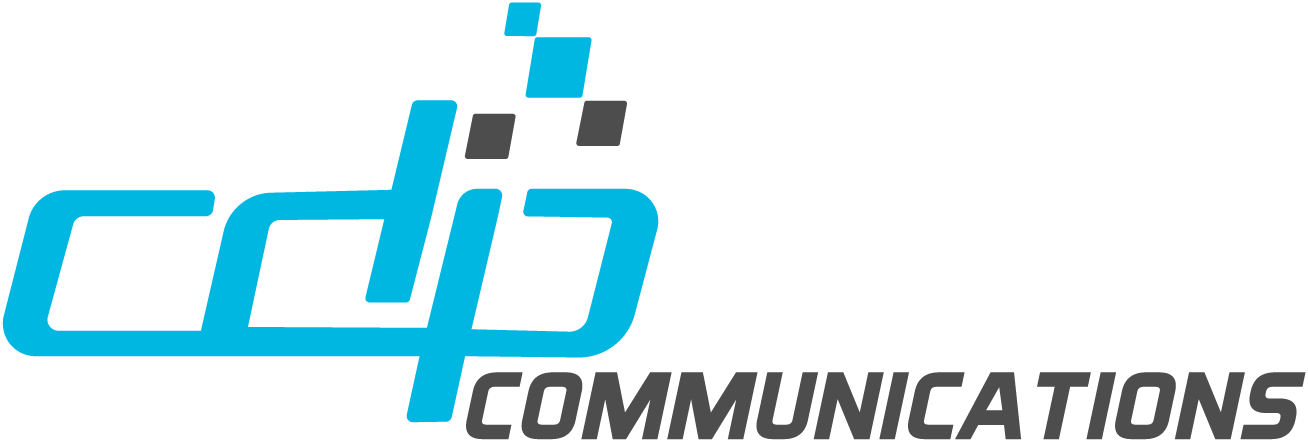Recent global events have necessitated an increase in the use of digital front doors over physical ones where most businesses are concerned. It has in turn accelerated the demand for digitally friendly content and communication, making it crucial for customer retention, best-in-class customer experiences and a competitive stance in an ever-changing market. But, what implications does this have for the banking sector?
How do these changes affect the industry and its customers?
New regulations at the federal and state levels have been enacted to ensure content and services are accessible to people with visual, linguistic, and cognitive disabilities, as well as those with ADHD and dyslexia. As these regulations gain traction globally, it becomes legally essential for organizations to ensure their content is accessible to all consumers and employees. In other words, if digital content is public-facing, it must also be accessible for people inside the organization. It needs to be accessible for all.
And while banks are making efforts to increasingly adopt digital services, they can face some steep challenges. These challenges include creating universally accessible user interfaces, potentially leading to legal issues and exposure to costly litigation. While modern web and mobile applications are making progress in complying with Web Content Accessibility Guidelines (WCAG), it remains that internal business applications, marketing teams and corporate communications and other content creators continue to struggle in their efforts to produce universally accessible content in accordance with ADA, AODA, Section 508 compliance.
These rules are far-reaching and apply to consumer-facing interfaces, marketing materials, corporate communications, transactional documents, financial reports, statements, bills, notices, letters, and other informational content. That means that every department within an organization must prioritize universal accessibility to mitigate litigation risks and guarantee content accessibility. That in turn also means that digital content and communications with customers must not only inform, empower, and delight the customer, but also protect the organization in this new and heightened rules-based business environment.
New changes necessitate new approaches and make “the old ways” obsolete
To achieve universal accessibility, businesses often begin by ensuring consumer-facing interfaces comply with accessibility standards, remediating screen content, and navigation to prevent non-compliant content creation. The sheer volume of applications can make timely and cost-effective remediation difficult, prompting enterprises to consider post-composition insertion of universal accessibility tags as a faster, more cost-effective solution.
The trouble is outdated authoring and high-volume composition tools used for creating statements, letters, and reports. They struggle to apply universally accessible tagging in compliance with regulations. When these kinds of tools were built and brought to market, accessibility wasn’t a top-of-the-list consideration. And despite iterative updates and improvements, the accessibility aspects weren’t improved, or in some cases, weren’t even addressed at all.
While the challenges are numerous, the right solution can be singular… and seamless
Another challenge is that enterprises may have countless business applications generating daily content and archiving communications for years if not decades. This results in significant compliance challenges, hindering digital transformation efforts and increasing litigation risks and customer retention concerns alike.
ADEPT UA assists organizations in adapting to this new landscape by enabling the seamless conversion of high-volume and repetitive documents into WCAG 2.0+ AA and PDF/UA (ISO-14289-1) accessible and compliant formats.
Given the unrealistic and costly challenge of manually converting large volumes of archived documents, ADEPT UA is the only viable solution for ensuring accessibility and compliance without gruelling and unsustainable manual intervention.
An ideal fit for the shift in service delivery, for a diverse customer base, and for compliance
For financial service firms seeking to create universally accessible, compliant content, CDP’s ADEPT UA offers the ideal solution. As digital banking services continue to reshape the industry and customer interactions, it is essential for organizations to develop content that is accessible to all. CDP’s experts help with solutions for every sector, and every application.
Many of the biggest companies across numerous industries trust CDP’s solutions. Since 1984 CDP has been a leader in the technology and toolsets that drive winning tech and strategy approaches. Our tools help save time, money, and effort, and promote reliable accuracy and compliance.
To learn more about ADEPT UA and other CDP Communications products, please contact us directly at ua@cdpcom.com.




